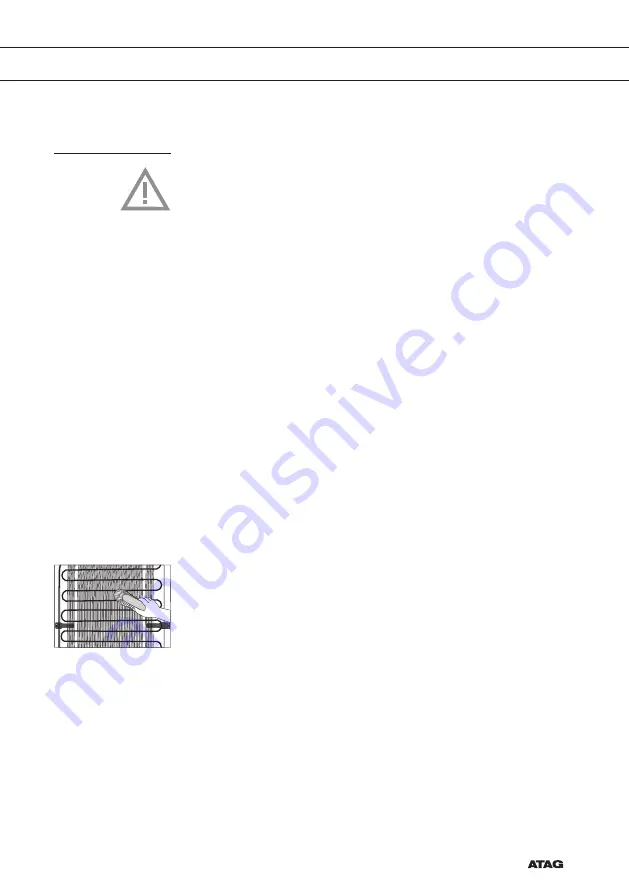
EN 37
DEFROSTING AND CLEANING THE APPLIANCE
• Use a soft cloth to clean all surfaces. Cleaners that contain abrasive substances, acids, or
solvents are not suitable for cleaning as they may damage the surface.
• Clean the appliance exterior with water or a mild solution of suds.
• Lacquer-coated and aluminium surfaces may be cleaned with lukewarm water to which
you have added a mild detergent. Use of cleaners with low alcohol content is allowed (e.g.
window cleaners). Do not use cleaners containing alcohol for cleaning plastic materials.
• Appliance interior can be cleaned with lukewarm water to which you can add some vinegar.
• Do not wash the parts of the appliance interior equipment in a dishwasher as they may be
damaged.
• Clean the wooden parts with a damp cloth. Make sure the wood does not get too wet.
Warning:
Wood is a natural material. Therefore, some stains may be difficult to remove
(especially red wine or oil).
• Warning:
Shelves and portable bottle case are made of natural non-treated wood. Do not
touch the case and shelves if your hands are dirty! The colour of wood can change in time.
• The
condenser
unit mounted on the (exterior) back wall should
always be kept clean, free of dust or deposits resulting from kitchen
smoke or fumes. Occasionally clean the dust using a soft, non-
metal brush or a vacuum cleaner.
• After cleaning, switch the appliance back on and insert the food.
Cleaning the appliance
Before cleaning, unplug the appliance from the power mains – switch
off the appliance (see chapter ‘Operating the appliance’) and unplug the
power cord from the wall outlet.








































